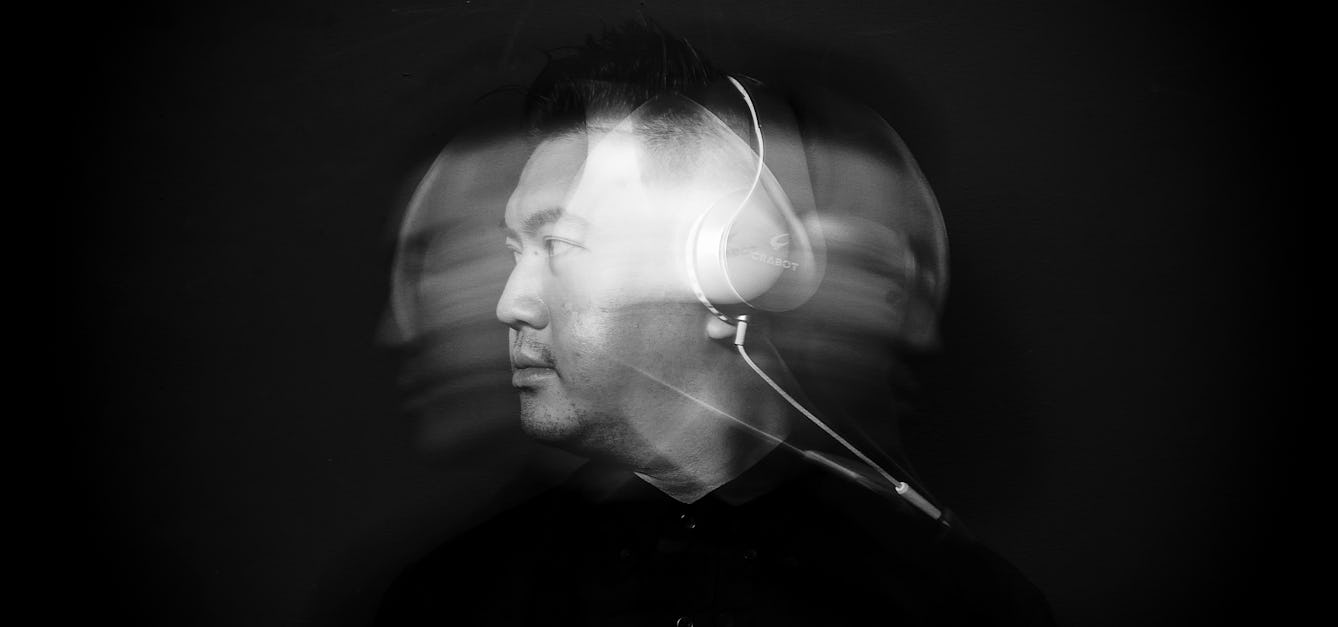Stories

- Article
The sweet sound of synthetic speech
After Alex experienced a serious deterioration in his sight, he came to rely on artificial voices to help him with everyday tasks. Find out how synthetic speech came to be developed.

- Article
A symbol of a lost homeland
The story of one protective amulet from Palestine reveals a complex tale. Encompassing the personal history of an influential doctor and collector, it provides a window onto dispossession and exile, and the painful repercussions that are still felt today.

- Article
The birth of the public museum
The first public museums evolved from wealthy collectors’ cabinets of curiosities and were quickly recognised as useful vehicles for culture.

- Article
Womb milk and the puzzle of the placenta
A human baby needs milk to survive – and this holds true even before it’s born. Joanna Wolfarth explores “womb milk”, as well as ancient and modern ideas about the placenta.
Catalogue
- Books
Youth work in England : extracts from Ministry of Education and other publications relating to statutory and voluntary youth work in England / University of Bristol, Institute of Education ; compiled by P. H. K. Kuenstler.
Date: 1954- Books
- Online
Bristol selected pamphlets.
Date: 1800-1899- Archives and manuscripts
- Online
University of Bristol
Date: Mar 1952Reference: HALDANE/5/1/4/268Part of: Haldane Papers
- Books
- Online
Catalogue of the Bristol Royal Infirmary library.
Bristol Royal Infirmary. Library.Date: 1857- Archives and manuscripts
University of Bristol Department of Physiology
University of Bristol Department of PhysiologyDate: 1910-1980Reference: GC/108









